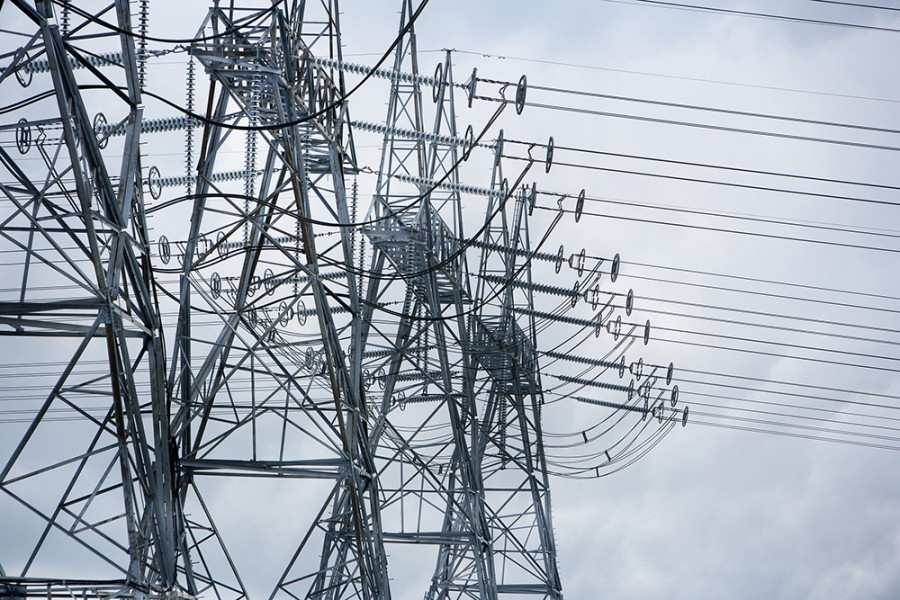Hacker-resistant power plant software shows real-world results in Hawaii

Ukraine has twice been the target of malicious cyber attacks on the country's power grid. These attacks, widely considered to be the first examples of malicious hackers shutting off important state energy systems supplying heat and electricity to millions of homes, triggered a response from the U.S. Department of Defense to ensure America's power grid security.
"Today, our power system is not designed to withstand the kind of attacks that happened in Ukraine," said Yair Amir, professor and chair of the Department of Computer Science at Johns Hopkins University. "If even part of a power grid's control system is compromised, the game is over. We need to make our grid more secure, resilient, and intrusion-tolerant."
The U.S. power grid is a logical target for major cyberattacks, he said. Disabling or tampering with the grid on a large scale could seriously harm the country by disrupting lives and causing immense economic loss.
To mitigate that risk, Amir and a team of researchers developed a new, open-source control system for power grids called Spire. The intrusion-tolerant system is designed to keep power flowing even if part of the system is compromised.
In an experiment last April, a hacker team assembled by Sandia National Laboratories, a federally funded research and development center that works to address emerging national security challenges, was able to remotely obliterate a simulated commercial grid control system within a couple of hours. But the team could not penetrate the Spire system for three days. On the third day, the Sandia attack team was given remote access to part of Spire, but still its test hackers could not disrupt the system's overall operations.
More recently, the Spire developers from Johns Hopkins were invited to get their feet wet in Hawaii. At the end of January, Amir and his team went to an offline Hawaiian Electric Company plant in Honolulu and spent two weeks testing the Spire system on the power plant's equipment with the help of HECO engineers Keith Webster and John Tica. After a few days of setup and integration, Spire ran continuously without interruption for almost a full week.
